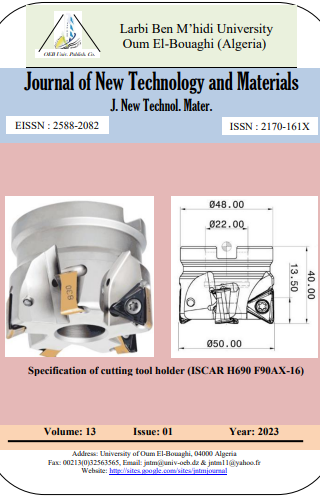Two mathematical models for solving the photovoltaic cell's nonlinear formula
Keywords:
Thermal voltage, Predictor-Corrector technique (A2, Dekker's technique, approximation, comparisonAbstract
The energy created from resources that can be replenished naturally throughout time is referred to as renewable energy. Sunlight is a great source of energy that can be used for a variety of purposes, such as power generation and the conversion of solar energy into electricity. As a clean, long-lasting, and noiseless source of electricity, photovoltaic (PV) technology is attracting a lot of attention. On the other hand, solar cells have precise controllable parameters and a high level of nonlinearity. A simple example that continues to pique the curiosity of many scholars is root discovery. in order to address the intractability of the conventional photovoltaic (PV) cells model and the nonlinear transcendental equation. The purpose of this work is to describe and analyze two distinct iterative procedures for resolving solar cells’ nonlinear problems in the absence of temperature. In an iterative evaluation process, the program MATLAB is used in this paper of acquiring approximations for the solutions to nonlinear equations, some hybrid experiments are constructed. Many examples numerically are tested of the new iterative method. This new method may be regarded as an alternative and promising method for solving nonlinear equations. Additionally, an analysis of accuracy and efficiency (as measured by function evaluations) demonstrates that the proposed technique Dekker's Formula (DM) is superior and has the lowest evaluation when compared to Predictor-Corrector Type (A2).





